Virtually every business needs to engage in social media today. Why? Because your customers or clients will look for you there. Your customers (aka your target audience) expect to see your business on social media – so they can see what you’re up to and contact you, if needed. This means your business needs an active presence on at least one or two of the big social media platforms (i.e. Facebook or YouTube). Even if you’ve never used social media for your business before, it’s simple to start. We’re here to walk you through social media basics and get you started on social.
Social Media Stats
Many business owners aren’t sure if social media is worth the time investment.
It is.
Here’s why: There’s no other way to get your name in front of so many people for free.
But just how many people are active on the popular social media platforms? You may be surprised to learn:
- 70 percent of Americans used social media in 20161
- 79 percent of adults with Internet access use Facebook2
- 24 percent of adults with Internet access use Twitter2
- 29 percent of adults with Internet access use LinkedIn2
- Viewers watch one billion hours of YouTube videos every day3
Social media is clearly a big part of our days.
But it’s important for business owners to ask whether social media can help turn an ROI. Can time spent on social media turn into profits?
- 74 percent of consumers use social media to help make purchasing decisions4
- 41 percent of consumers admit to buying a product just because they saw it online, with no previous intent to purchase5
The bottom line? Social media generates business. If you’re not using it, you’re losing free exposure.
Which Platforms Should My Business Use?
You don’t need to be on every platform. Every new platform you use is more time you need to invest every week. It’s best to stick to the major players – where you can get the most return for your time.
As the current king of social media, your business should be on Facebook. It has the largest active userbase of any social platform available. Take advantage of its constantly increasing set of tools for businesses.
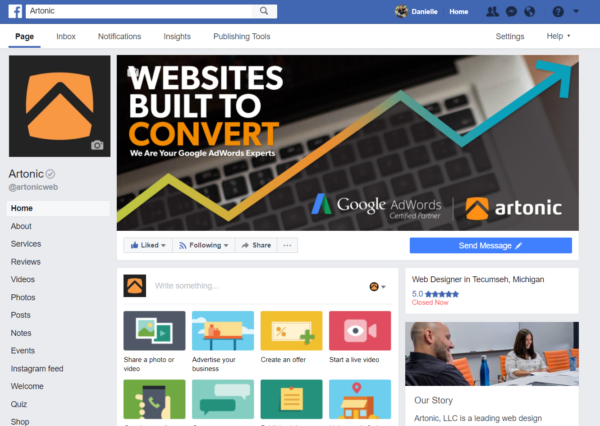
Benefits of Facebook for Business:
- Most popular social media platform
- Robust business page tools
- Supports all content (images, video, text)
- Detailed follower analytics
YouTube
Do you have professional videos? Then you need to be on YouTube. If you don’t have videos, start recording! Video content is wildly popular – with over four billion videos viewed each day. You’re missing a huge audience if you don’t an active account.
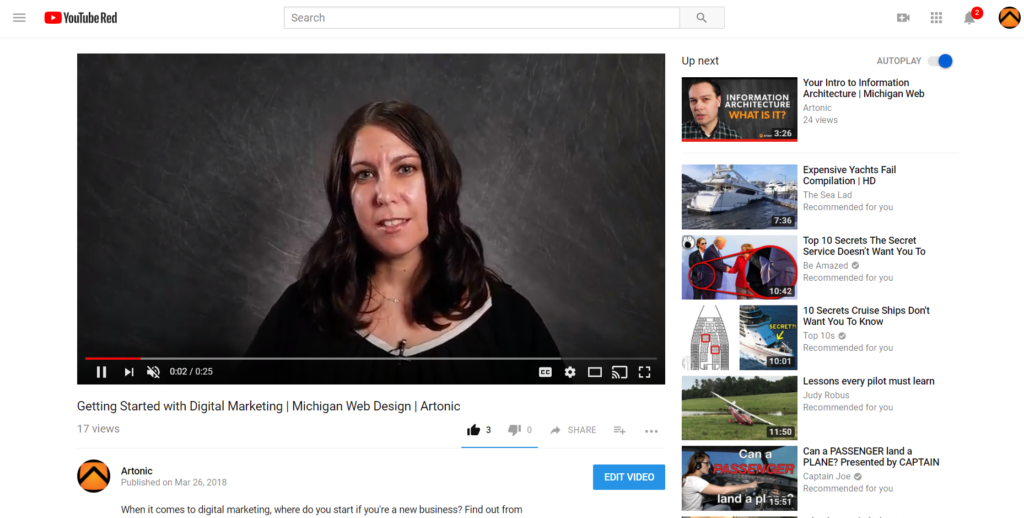
More importantly, YouTube is part of Google. Videos show up in Google searches. If you don’t have videos to show, your competitors will own the results page. When users look for how-to guides and informational walkthroughs, Google loves to return videos.

Benefits of YouTube for Business:
- Most popular video platform
- Videos appear in Google search results
- Highly sharable content
- Opportunities to prove your expertise
Unlike other social media platforms, LinkedIn is designed exclusively for business. It helps you connect to professionals in your industry and community. For local service tech entrepreneurs, this can be an effective way to stay top of mind with local companies and individuals.
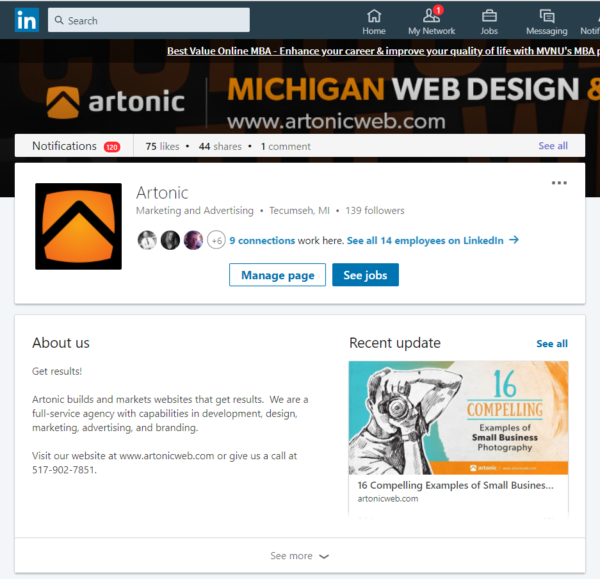
Benefits of LinkedIn for Business:
- Best platform for professional networking
- Focuses on work history and experience
- Great tools for sharing news about your business
- Can help you find and recruit local talent
What Should I Post?
The biggest roadblock to social media is deciding what to post. Business owners often find themselves at a loss when they go to promote their company. Practice a healthy mix of these three types of posts to build content that’s worth following:
Brand Posts
Posts that promote your brand are the easiest and most common type of social media posts. They can be anything from offers to details about who you are and what you do. Be concise with brand posts, and stick to information that’s useful to readers.

Here are some examples:
- Business history
- Services/products offered
- Employee profiles
- Photos of your work
- Upcoming sales/events
Branding posts should highlight the qualities that make you different from your competition. They can be as lighthearted or serious as you want.
Engagement Posts
Social media should be a two-way street – but you need to give followers a reason to engage. Posts that drive engagement need an easy, open invitation to respond. Don’t just ask for likes or shares.
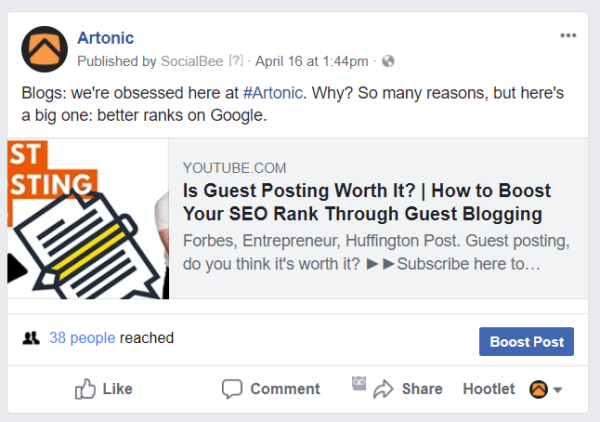
Ask questions. Poll your followers. Request photos or stories. Anything that gets your customers talking. Include a clear call to action and don’t be discouraged if you don’t get many responses. It only takes one great engagement post to get attention across dozens of newsfeeds in your area.
Informative Posts
Give your followers a reason to pay attention to you. People love to learn, especially when the content is easy to digest. Short videos or infographics that explain concepts will earn plenty of comments and shares.
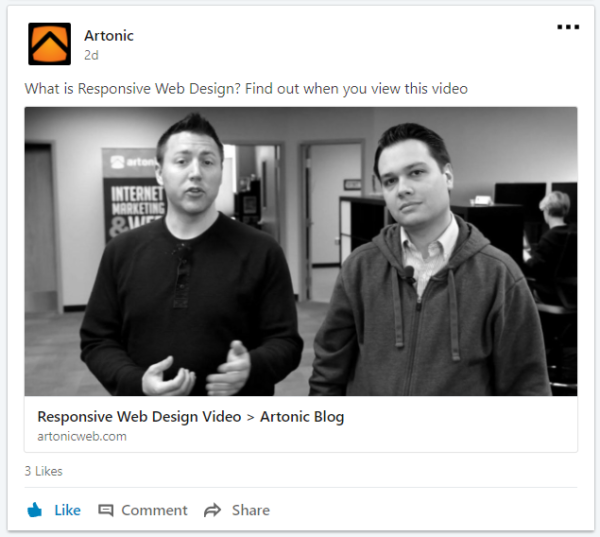
Share major industry breakthroughs, local news or DIY tips. You can’t always focus on selling – that’s a quick way to turn your followers away.
How Do I Respond to Negative Feedback?
It’s inevitable. If your business is on social media, you will receive negative feedback from time to time. The important thing is to stay calm. A negative review or comment usually won’t impact your business that much. A heated response from the business owner almost certainly will.
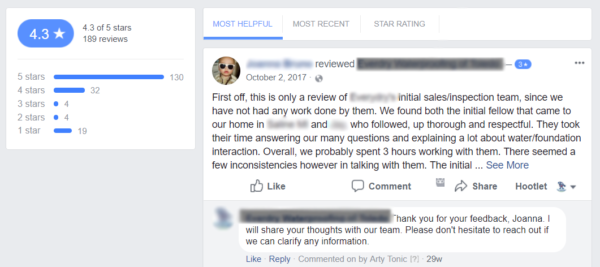
You can often make negative feedback a net positive for your business. Just follow these rules:
- Always Respond to Negative Feedback
- Write Your Response, But Don’t Post It Immediately
- Acknowledge Your Mistake
- Offer to Make It Right
If you follow these rules, you can turn an angry comment into proof that you’re a business owner who cares.
Ignoring a negative review leaves a one-sided statement. A level-headed response shows anyone who sees the review that you take your reputation seriously and that you put in the effort to make it right.
It’s always a good idea to run your response past another person first. It can be hard to get the right voice, and without it, you may come off looking rude or dismissive.
How Much Time Do I Need to Spend on Social Media Each Month?
Social media requires a delicate balance. Post too much and you will annoy your followers. However, sparse activity will make people think you aren’t paying attention. Use these recommendations as a starting point, and find out what works best for you:
Plan to posts five to ten posts per week.
Between their friends and family, advertisements and other businesses, your posts only get a limited amount of action after publishing. If you don’t post every day of the week, you likely won’t be seen. Two posts per day is great to help engagement – space them out in the morning and afternoon.
If your page has under 10,000 followers, you can lose 60% of your clicks per post6 when you post more than once per day.
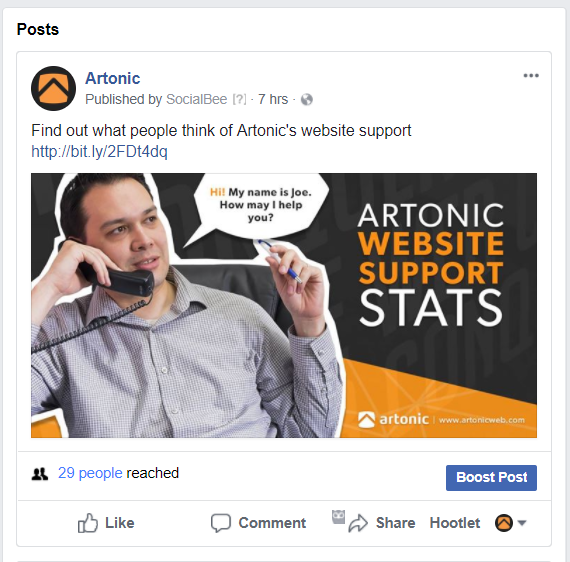
Pay attention to what times work best for you. While some research shows 1:00 p.m. as the recommended time to post7, it may be different for your fans. Post at various times of day and see which gets the most engagement!
YouTube
How frequently you post to YouTube depends heavily on the type of content you produce. Instead of focusing on frequency, you should focus on consistency.
Whether you create 30 second promotional videos or long-form how-to guides, create a schedule and stick to it. Become an expert at sticking to your schedule. It not only helps followers know when to expect fresh content, but it prevents you from over-editing or under-producing.
Aim for five posts per week – and stick to business days.
Not unlike Facebook, over-posting on LinkedIn drastically reduces your engagement. One post per work day is usually enough.
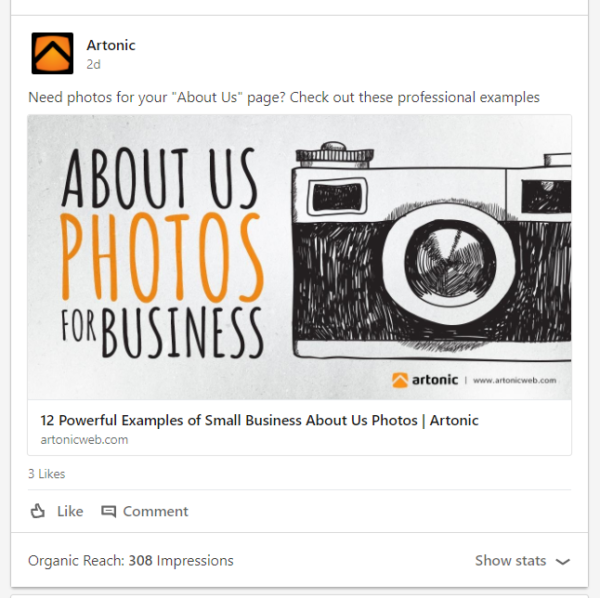
Since LinkedIn is a platform for professionals, it gets more activity during normal office hours. Plan your posts during the work day. As long as it’s before 5:00 p.m. you can avoid a big drop in engagement.
How do I Know if I’m Successful?
This is the big question. You spent hours on social media over the last few weeks. Has it been worth it? Probably.
But don’t take our word for it. Every platform shows you activity information. Use this data to see what activity you generated.
Always scale your metrics to your followers. If you have 100 fans, don’t expect 100 likes. As you gain popularity, you should see a consistent rise in engagement on any platform.
Facebook Metrics
Tracking your performance on Facebook is easy. Keep an eye open for these metrics:
- Reach (unique views)
- Likes
- Comments
- Shares
- Clicks
- Click Through Rate
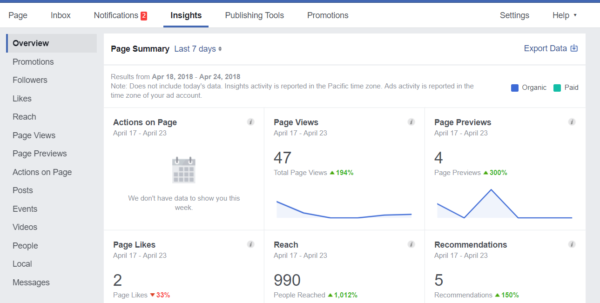
Each metric gives you an idea of how many people you reached. You want posts that generate engagement on Facebook, as well as encouraging clicks to your links.
Click through rate is an important. It gives you a direct comparison tool of how many people saw your content and how often they clicked your link. If you have 100 followers or 10,000 followers, your click through rate still shows you a reasonable estimation of how effectively you can generate an action. This number won’t be high – usually around 1%. Watch for spikes or drops in click through rate and adjust your content to what your fans respond to most.
Fans are another big metric for Facebook – but don’t focus on them too much. If you create content that’s engaging and helpful, your fans will grow. Never fall for scams to “buy” fans. They aren’t your customers. Having 10,000 fans that don’t care what you do or say won’t help your business.
YouTube Metrics
There are many metrics on YouTube, and some of them are easy to overlook. The obvious metrics are easy to understand and are similar to other social media platforms:
- Views
- Likes
- Dislikes
- Favorites
- Comments
- Shares

While it’s important to track these, you don’t want to forget that YouTube is about videos. Pay attention to the time that people spend watching your videos. These details can show major successes or failures in the content you’re creating.
Do most of your videos lose traffic just a few seconds in? You probably need to improve your openings to give viewers a reason to watch. Half-way through? Chances are your content is boring, uninformative or hard to follow.
Keep an eye on the behavior of those watching your videos to get an idea for what to change in future videos.
LinkedIn Metrics
As a platform very similar to Facebook, many of the metrics are the same. For light LinkedIn users, you will want to track how frequently others see your posts, and how they engage.
However, LinkedIn has some additional details specific for professionals that can help you identify with whom your content resonates:
- Seniority
- Industry
- Company Size
- Function
- Employee
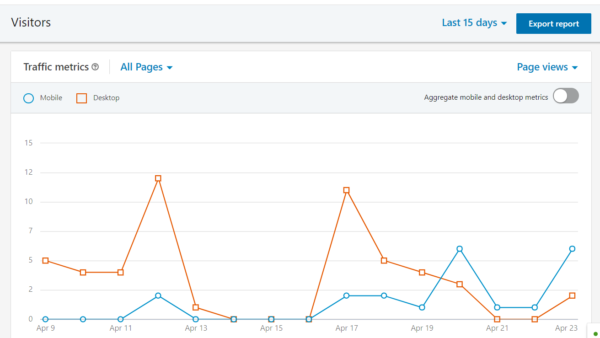
These follower demographics let you understand the types of professionals who engage with you. If your goals are to attract business from offices or employers, you’ll want to share content that draws followers with higher seniority. Use these metrics to guide your future updates and connections.
Examples of Business Accounts That Are Well Done
Building Their Brand
GoPro has become synonymous with “intense action videography.” They earned that, in part, through an incredibly simple but effective YouTube presence.
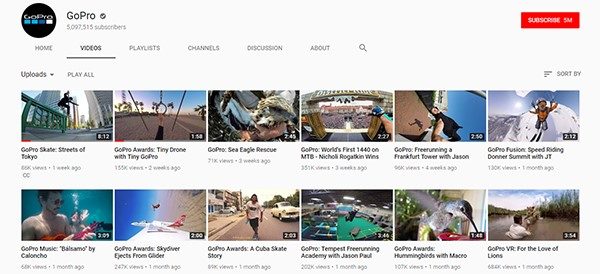
Millions watch their videos every month. With hundreds of videos that show incredible feats of athletics and adventure, GoPro has branded themselves as the best camera for capturing life on the go.
Encouraging Engagement
Tough Mudder organizes intense mud runs for those willing to challenge themselves. For many, mud runs are an experience that stick with them – and in some cases, become part of a lifestyle. In between promoting their events and partnerships, they promote fun posts that spur their fans to participate.
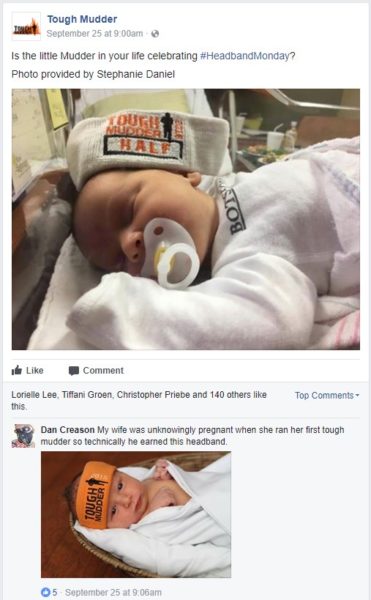
With this simple post, they generated a handful of fan photos of other families showing off their Tough Mudder headbands. It’s fun content that also generates brand advocates.
Customer Service:
JetBlue Airways is well known for their customer service on Twitter. When one customer jokingly requested a parade at their landing, they obliged.
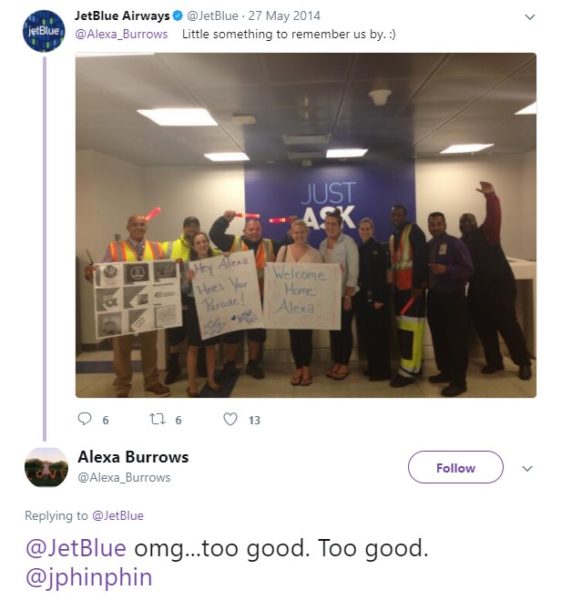
Through careful attention and willingness to have some fun, JetBlue Airways likely cinched a customer for life. This story was shared across dozens of news sites and brought some extra attention to their company. It cost them nothing but a little time and possibly earned them more goodwill than thousands in advertising ever could have.
How Being Helpful Helps You
Whole Foods knows the best way to build a reliable following is to give its readers content that helps them. Not to shy away from following a trend, they often share the popular new top-down recipe videos that recently exploded across the web.

Short and sweet. While not directly promoting any Whole Foods product, it subtly pushes readers towards grocery shopping while giving them content they can share – a win-win for the company.
How to Get Started
The possibilities of social media are endless. Don’t let that paralyze you with indecision. Start small and find what works for you.
#1. Determine Your Goals
Define what you want to accomplish. Do you want to build leads? Promote your services? Handle customer requests?
Before you sign up, make sure you know your ultimate goals. They’ll help you focus and measure your success.
#2. Sign Up on the Platform That Makes Sense
Every major platform is free. While it’s good to claim your business name on all the platforms, focus on the few that fit your goals and content. Facebook is an obvious choice. If you plan to focus on two or more platforms, think about what you want to accomplish.
Do you want to share articles and talk with other professionals? LinkedIn will be good for you.
Do you want to record videos and show off your skills? Sign up on YouTube.
Are you planning to use social media for customer service? Twitter is a great option.
#3. Plan Your Content
Social media makes it easy to create and publish on the fly. But great content requires planning.
Establish a schedule with as many details as you can. You don’t need to plan every word of your content, but track ideas. Keep a wide variety of content, using the different types of social media posts to mix it up.
#4. Practice the 80/20 Rule
The 80/20 rule is simple: 80 percent of your social media time should be non-promotional. That doesn’t mean it can’t involve your business; you need to simply avoid your feed being nothing but “hire my service today!”
Talk about your industry, communicate with customers and share interesting stories that are relevant to your followers. You build fans by giving them something they need – not selling to them every time they see your posts.
#5. Pay Attention to the Response
Your business is unique in some way. Your voice, content and behavior on social media will generate unique responses. The only way to tweak your social media to get the best results is to listen.
When you see posts do well, analyze them. What made them so popular? Was it what I said? Was it how I said it? Likewise, when you get no response or negative responses, it’s time for a course correction. Use your engagement as a guide for what works best.
Get Started with Digital Marketing
Not sure where to start? Check out this quick video:
Say Hello!
Give Artonic a call or email us if you’re interested in website design, development, or marketing.
Michigan, USA
Resources
- “Social Media Fact Sheet.” Pew Research Center: Internet, Science & Tech, Pew Research Center, 12 Jan. 2017, www.pewinternet.org/fact-sheet/social-media.
- Greenwood, Shannon, et al. “Social Media Update 2016.” Pew Research Center: Internet, Science & Tech, Pew Research Center, 11 Nov. 2016, www.pewinternet.org/2016/11/11/social-media-update-2016/.
- Etherington, Darrell. “People now watch 1 billion hours of YouTube per day.” TechCrunch, TechCrunch, 28 Feb. 2017, techcrunch.com/2017/02/28/people-now-watch-1-billion-hours-of-youtube-per-day/.
- Schillaci, Marc. “3 out of 4 Consumers Consult Social Media before Buying.” Digital Marketing Magazine, 10 Mar. 2015, digitalmarketingmagazine.co.uk/social-media-marketing/3-out-of-4-consumers-consult-social-media-before-buying/1659.
- Ahmed, Masroor. “Is Social Media the Biggest Influencer of Buying Decisions?” Social Media Today, 31 May 2015, www.socialmediatoday.com/marketing/masroor/2015-05-28/social-media-biggest-influencer-buying-decisions.
- Kolowich, Lindsay. “How Often Should You Post on Facebook? [New Benchmark Data].” HubSpot Blog, HubSpot, blog.hubspot.com/marketing/facebook-post-frequency-benchmarks#sm.00005x98lq12afhsyx41k4r79b6f9.
- York, Alex. “Best Times to Post on Social Media: A Complete Guide.” Sprout Social, Sprout Social, 18 Sept. 2017, sproutsocial.com/insights/best-times-to-post-on-social-media/.

